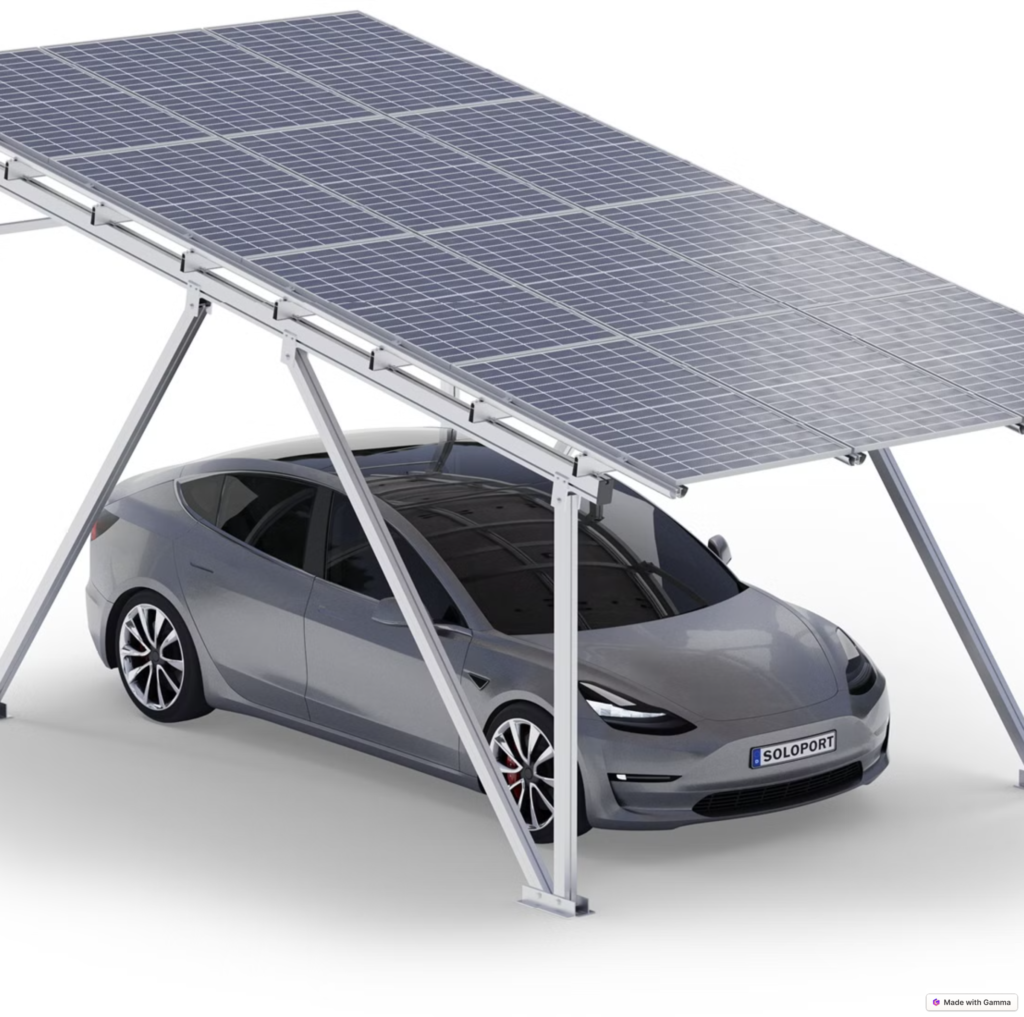The infrastructure construction of commercial solar panels is a complex and crucial process, which directly affects the stability and power generation efficiency of the solar panels. The following are the key points to note in the infrastructure construction of commercial solar panels:
First, site selection and roof assessment
Avoid occlusion:
Make sure that the installation location of the solar panels is free from tall buildings, trees or other obstructions to ensure sufficient light conditions.
Roof load-bearing capacity
Assess the load-bearing capacity of the roof based on the weight of the solar panels and their brackets. When necessary, structural reinforcement should be carried out or a roof with stronger load-bearing capacity should be selected.
Roof material and waterproofing:
Consider the material of the roof (such as color steel tiles, ceramic tiles, steel-concrete tiles, etc.), select the appropriate bracket fixation method, and ensure that the waterproof layer of the roof is not damaged during the installation process.
Orientation and inclination:
Solar panels should face due south as much as possible and adjust their inclination according to the local latitude to obtain the maximum amount of solar radiation.
Second, bracket installation
Stability of the bracket
Ensure that the bracket is installed stably and can withstand the influence of adverse weather conditions such as strong winds and heavy snow.
Selection of bracket material:
According to the local climatic conditions, select corrosion-resistant and high-strength support materials, such as stainless steel or hot-dip galvanized steel.
Bracket spacing and Angle:
Arrange the spacing between solar panels reasonably to avoid shading. Meanwhile, adjust the Angle of the bracket to ensure that the solar panel is perpendicular to the direction of solar radiation.
Third, installation of the electrical system
Cable selection and laying:
Select suitable photovoltaic-specific cables and lay them strictly in accordance with electrical installation specifications. The length of the cable should be as short as possible to reduce losses.
Electrical Grounding and Protection
Ensure that the solar panels and their electrical systems are well grounded to prevent equipment damage or casualties caused by leakage or lightning strikes.
Installation of lightning protection devices
In areas prone to thunderstorms, lightning protection devices such as lightning rods and lightning belts should be installed to safeguard solar panels and their electrical systems.
Fourth, grid connection and commissioning
Grid connection mode selection:
Based on the electricity demand and local power grid policies, select the appropriate grid connection method, such as self-generation for self-use, surplus power to the grid or full grid connection.
Grid connection procedures:
In accordance with the requirements of the local power grid company, handle the grid connection procedures to ensure that the solar panels can be smoothly connected to the grid for power generation.
System Debugging and Optimization
Before grid connection, a comprehensive debugging of the solar panels and their electrical systems should be carried out to ensure their normal operation. Meanwhile, necessary optimization and adjustment should be made based on the power generation efficiency.
Fifth, post-maintenance and management
Regular inspection and maintenance:
Regularly inspect and maintain solar panels, their brackets and electrical systems to ensure their long-term stable operation.
Cleaning and snow removal
Regularly clean the dust and dirt on the surface of solar panels to improve the power generation efficiency. In snowy areas, clear the snow on the solar panels in a timely manner.
Data Monitoring and Analysis
Install data monitoring equipment to monitor parameters such as the power generation efficiency and operating status of solar panels in real time, providing a basis for optimization and adjustment.
Sixth, compliance and security
Comply with regulations and policies
During the process of infrastructure construction, strictly abide by the national and local regulations and policies to ensure the legality and compliance of the project.
Ensure construction safety
Strengthen construction safety management, formulate complete safety measures and emergency plans to ensure the safety of construction personnel.


